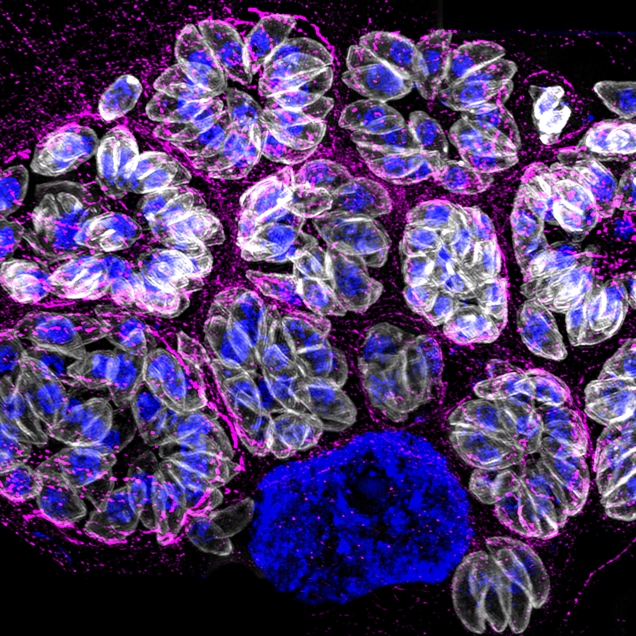A contagious collection: infectious disease research
Enjoy this collection of stories on Whitehead Institute’s recent infectious disease research, from apicomplexan parasites to zika virus—just remember to wash your hands well after reading.

Pathogens including viruses, bacteria, and parasites are all around us. They are humanity’s frequent foes, and the fight against them has led to many innovations in public health. They are also fascinating sources of lessons about biology, including our own. Pathogens must survive in extremely hostile conditions—human bodies that want to destroy them—and they have evolved ingenious solutions to stay alive. They can also co-opt their hosts’ biology to turn it from hostile to helpful, using human cells to make more copies of themselves, something many pathogens cannot do on their own. Explore the stories below to learn more about some captivating pathogens, the diseases they cause, and how Whitehead Institute research could help lead to prevention strategies, treatments, and cures.







